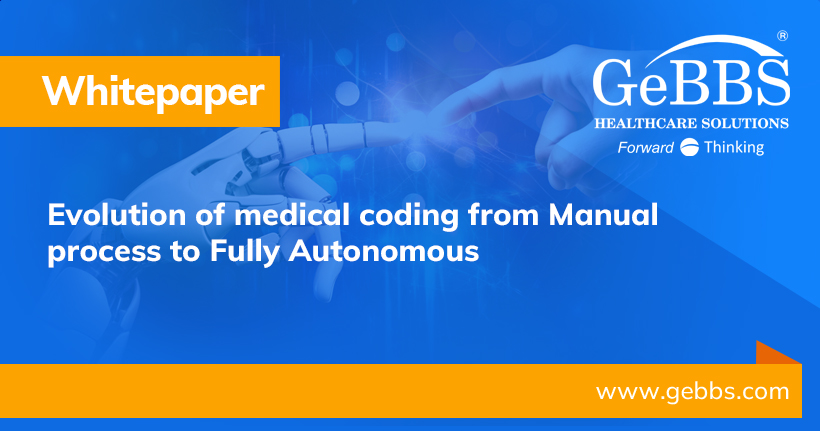Imagine if your coding team never slept, never missed a detail, and got smarter with every chart it touched. That’s not a future fantasy—it’s here now. And it’s reshaping the way healthcare organizations handle one of their most critical functions: medical coding.
If you’re reading this, you’re probably feeling the pressure. Coding backlogs that never shrink. Denials piling up. Coders stretched thin. Maybe you’ve thought, “We can’t keep scaling like this.” You’re not wrong. And you’re definitely not alone.
That’s exactly why autonomous coding has captured so much attention lately. It’s not just about speed. It’s about resilience. About lifting the burden off your teams without sacrificing accuracy. About keeping up with the pace of healthcare, even when your staff can’t work 24/7.
This white paper breaks down what autonomous coding really is: how it works, how it differs from old-school rule-based automation, and why it’s more than just a fancy add-on. It walks you through the benefits, from improved accuracy and faster turnaround times to smarter resource allocation and real, bottom-line savings. You’ll also get an overview of the implementation process, practical considerations to keep in mind, and a look at the remarkable results others have already achieved using GeBBS’ autonomous coding engine (ACE)—including 95% coding accuracy within 6-12 months of deployment.






